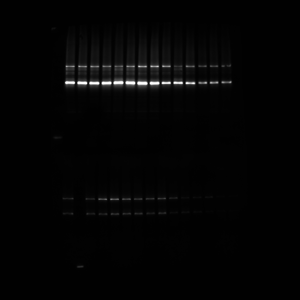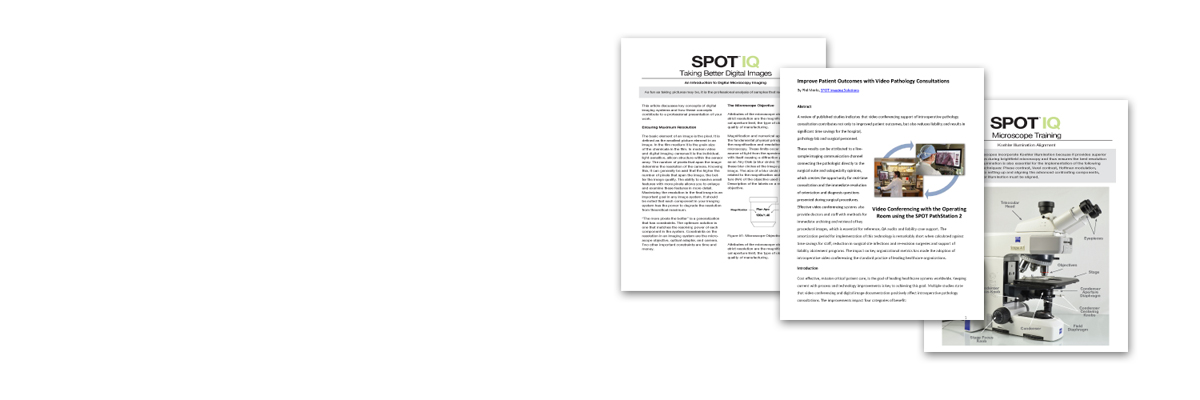Dynamic Range in Scientific Imaging
In general, dynamic range describes the ratio between the maximum and minimum measurable light intensities within a single image and is determined by the full well capacity of each pixel on the CCD, divided by the read noise.
The imaging system should be adjusted to get as close to the highest possible intensity level that your detector can output without saturation. By doing so, a finer and larger dynamic range will be created, resulting in more gray values. When the dynamic range decreases due to increased background noise, shorter exposure times or poor signal, the image becomes less discernible as the black levels begin to consume too many pixels at the bottom of the scale and the image will appear flat, dim, and/or noisy.

In quantitative imaging, as the dynamic range of an image is increased, the ability to accurately quantify the dimmest and brightest intensities in an image is also improved. We sometimes compare intensity levels between areas of an image or between image planes of a time sequence of images. This is when dynamic range and background noise are most critical. To achieve accurate intensity measurements, the background noise must be maintained at a minimum level and as constant as possible. No signal is truly measurable until it exceeds the total background noise level.
There are two primary sources of this background noise that are controllable. A CCD which is cooled to a regulated temperature will reduce the dark current noise and the use of high quality electronics for reading and processing the signal will reduce the read noise.
Adjusting the exposure time to within 80 to 90% of the maximum intensity, will yield a suitable dynamic range for quantification.
Maintaining maximum pixel saturation to ~90% will prevent image data from being clipped at the top of the intensity scale and stored as white with the consequent loss of the data.
Increasing the signal will also decrease the effect of the quantum noise in the signal which is always at the square root of the signal. This can be done by increasing the exposure (where possible), experimental design, etc.
Other factors to consider in collecting images with low background noise and high dynamic range include sample quenching, sample preparation, lighting, and the quantum efficiency of the CCD.
